|
Upgrading And Building Science Laboratories In High Schools In Haifa
|
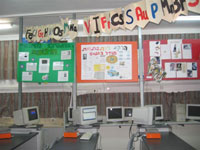 |
Unfortunately, over the last few years, there has been a steady decline in the number of students who choose to study science-related subjects in comparison to new and fashionable study fields, such as communications, quality of the environment studies, and so forth.
|
| |
|
Youval Center - Music And Youth Orchestras In Haifa
|
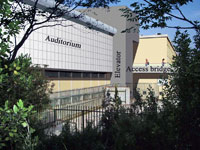 |
PROJECT STAGE B: adding auditorium, elevator and access bridge
|
| |
|
At-Risk Children And Adolescents
|
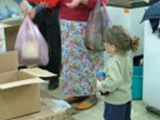 |
Approximately 350,000 Israeli
children nationwide (about 15% of
Israeli youngsters) are considered
at-risk for physical, emotional,
social and learning disabilities,
domestic neglect and abuse, school
expulsion or vagrancy, and, in a
worst-case scenario, removal from
the family home to a boarding
institution. Older adolescents among
them are at-risk for juvenile
delinquency. Of these children, many
belong to the 20.2% of all Israeli
families living in poverty.
|
| |
|
Special-Needs Infants And Children |
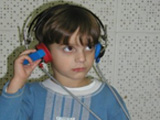 |
Nationwide, approximately 13% of
Israeli children are defined as
having special needs. These include
blind or visually impaired, deaf or
hard of hearing, and developmentally
or emotionally disabled children. In
socio-economically disadvantaged
communities, the percentage of
special-needs children climbs to
18.1%.
|
| |
|
High-Achieving And Gifted Adolescents |
 |
High-school educators often think
of the school system's obligation to
weak pupils, but it is equally
important to invest in excellent and
gifted pupils, both for their sake
and for the sake of society and the
economy.
|
| |
|
School Libraries |
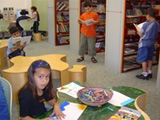 |
Of Haifa's public schools serving
The City's 50,000 K-12 pupils, many
still lack proper libraries and thus
cannot offer young learners the
practical experience of using modern
library resources for research
purposes and intellectual and
cultural enrichment.
|
| |
|
Haifanet - Computerized Learning Network |
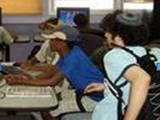 |
Presently, each of Haifa's public
school websites stands alone. Each
institution has its own agreement
with an Internet Service Provider
(ISP) and with a supplier of
infrastructure (these two functions
are separated in Israel by law), and
each school website has been
developed by means of various
software tools of its individual
choice. In addition, of the 3,000
computers currently in use by Haifa
schools, many became obsolete long
ago. This state of affairs makes
cooperation among pupils, parents
and educators difficult and prevents
the development of joint educational
projects.
|